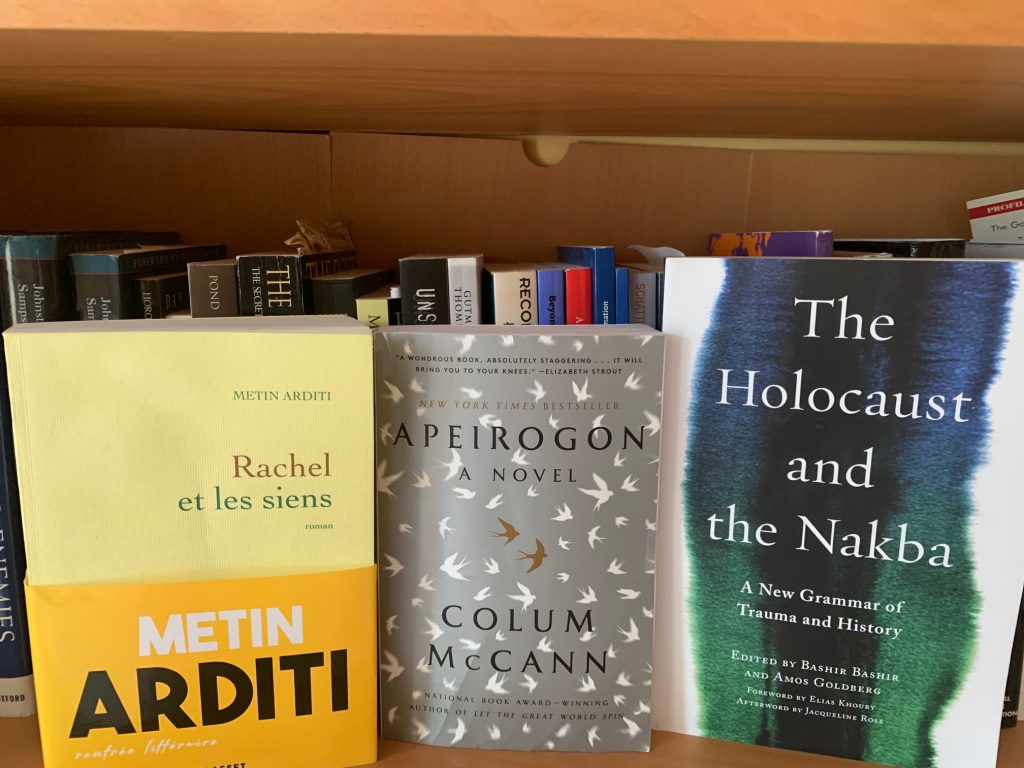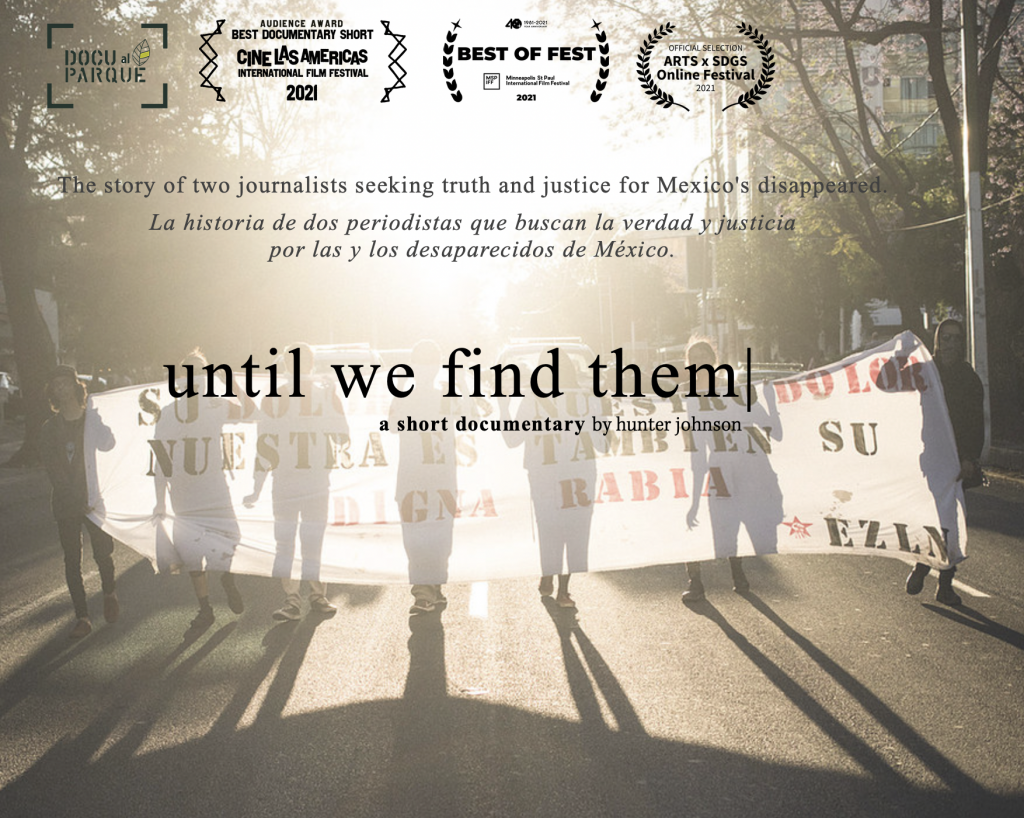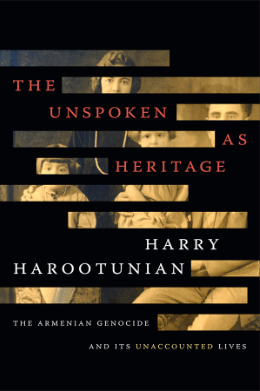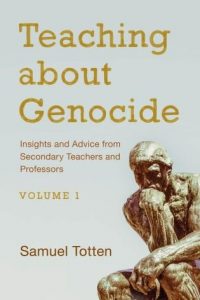Eighty-nine years ago, a famine swept Ukraine, a result of intentional policies instituted by the Soviet government. A combination of confiscated harvests and the rejection of aid lead to the starvation of millions of Ukrainians (the exact number is still debated, as reflected in a graduate student panel hosted by CHGS last year). The name given to this man-made famine, Holodomor, means to kill by starvation.
Although recognized by several international organizations and several nations as genocide, including the United States since 1984, the Holodomor is still little understood, and even less taught in the U.S. In a survey CHGS conducted of educators, less than 6% of teachers had an understanding of the Holodomor, and even fewer included it in their classroom lessons. Much of the shroud surrounding the genocide can be attributed to secrecy implemented by the Soviet government; understanding and awareness were kept under wraps until the fall of the Iron Curtain and the collapse of the Soviet Union.





